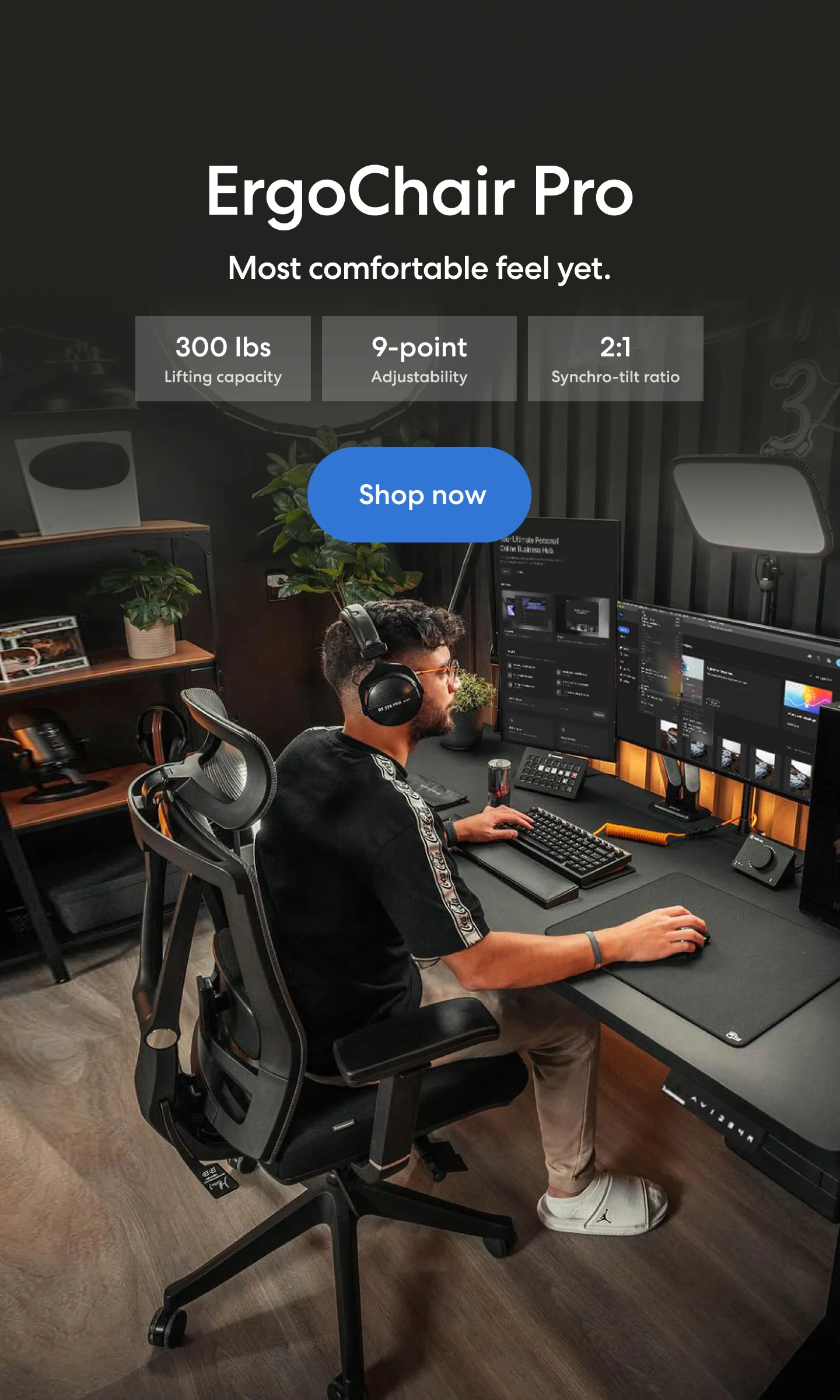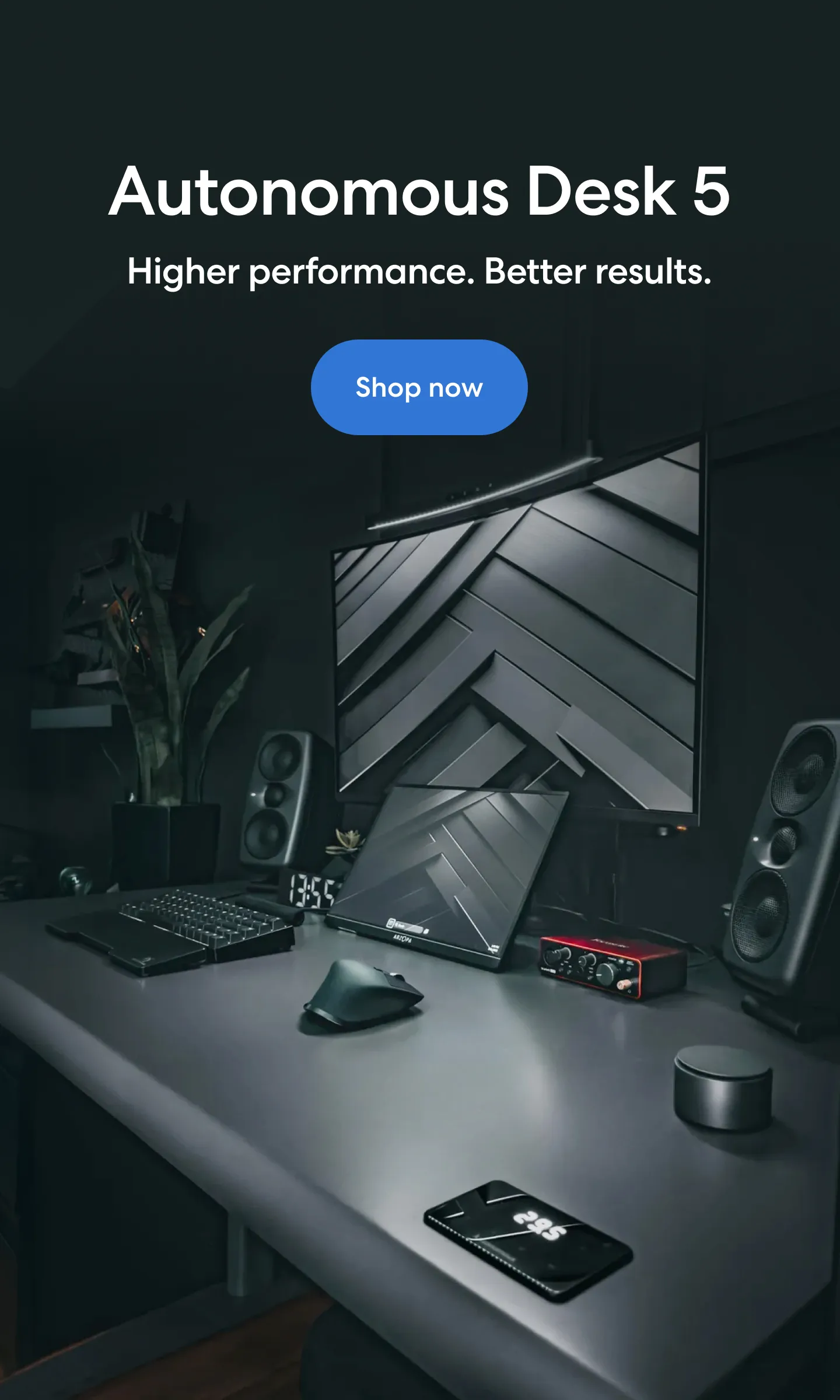.webp)
OLED Monitor vs IPS: Which Should You Buy In 2025
Table of Contents
Choosing between an OLED monitor vs IPS can make or break your setup, whether you're gaming, creating content, or grinding through work tasks. These two display technologies each excel in different areas—OLED monitors captivate with their inky blacks and vibrant colors, perfect for immersive gaming sessions and cinematic content creation.
IPS monitors, meanwhile, shine with exceptional color accuracy and wide viewing angles that make them a go-to for productivity and professional work. So which display technology deserves a spot on your desk setup?
What Is An OLED Monitor?
An OLED (Organic Light Emitting Diode) monitor uses self-emitting pixels, meaning each pixel generates its own light independently. This is a fundamental difference when comparing an OLED monitor vs normal monitor or OLED vs regular monitor—traditional displays rely on backlights to illuminate the screen, while OLED pixels control light at the individual level.
One of OLED's standout features is its OLED monitor response time—achieving gray-to-gray transitions as low as 0.03ms. This near-instantaneous pixel switching eliminates motion blur and ghosting, making OLED monitors highly responsive for fast-paced gaming and action-packed content.
Gamers who push high refresh environments, whether experimenting with 540Hz gaming monitors or sticking with a gaming monitor with 144Hz setup, benefit from OLED's ability to keep motion crisp and responsive.
Key Features:
- Perfect Black Levels:
OLED monitors achieve true blacks by turning off individual pixels completely, creating stunning depth and contrast that LCD-based displays can't match.
- High Contrast Ratios:
With an infinite contrast ratio, OLED displays produce more vivid and realistic visuals by allowing for a much wider range between the brightest whites and the darkest blacks.
- Vibrant Colors:
OLED panels deliver rich, saturated colors with wide color gamut coverage (99% DCI-P3), making them ideal for HDR content and color-critical creative work.

OLED Panel Variants: Understanding Your Options
When researching OLED technology, you'll encounter different variants. Understanding the WOLED vs QD-OLED monitor distinction helps you choose the right panel for your needs.
- WOLED (White OLED with Color Filter)
Uses white subpixels with RGBW color filters, offering better text clarity and improved brightness efficiency for productivity. Great for mixed-use scenarios where you need both entertainment and work performance.
- Mini LED vs OLED Monitor
While mini LED monitor vs OLED monitor comparisons are common, it's important to know that Mini LED is still an LCD technology with thousands of local dimming zones. It improves contrast significantly over standard LCD but can't achieve OLED's per-pixel control and perfect blacks.
- QD-OLED (Quantum Dot OLED)
Combines self-emissive OLED with quantum-dot color filters for higher peak brightness (up to 1000 nits sustained) and expanded color volume. When comparing OLED vs QLED monitor options, remember that QD-OLED is true OLED with quantum-dot enhancement, while QLED is just LCD with quantum dots—fundamentally different technologies. Best for HDR gaming and professional color work.
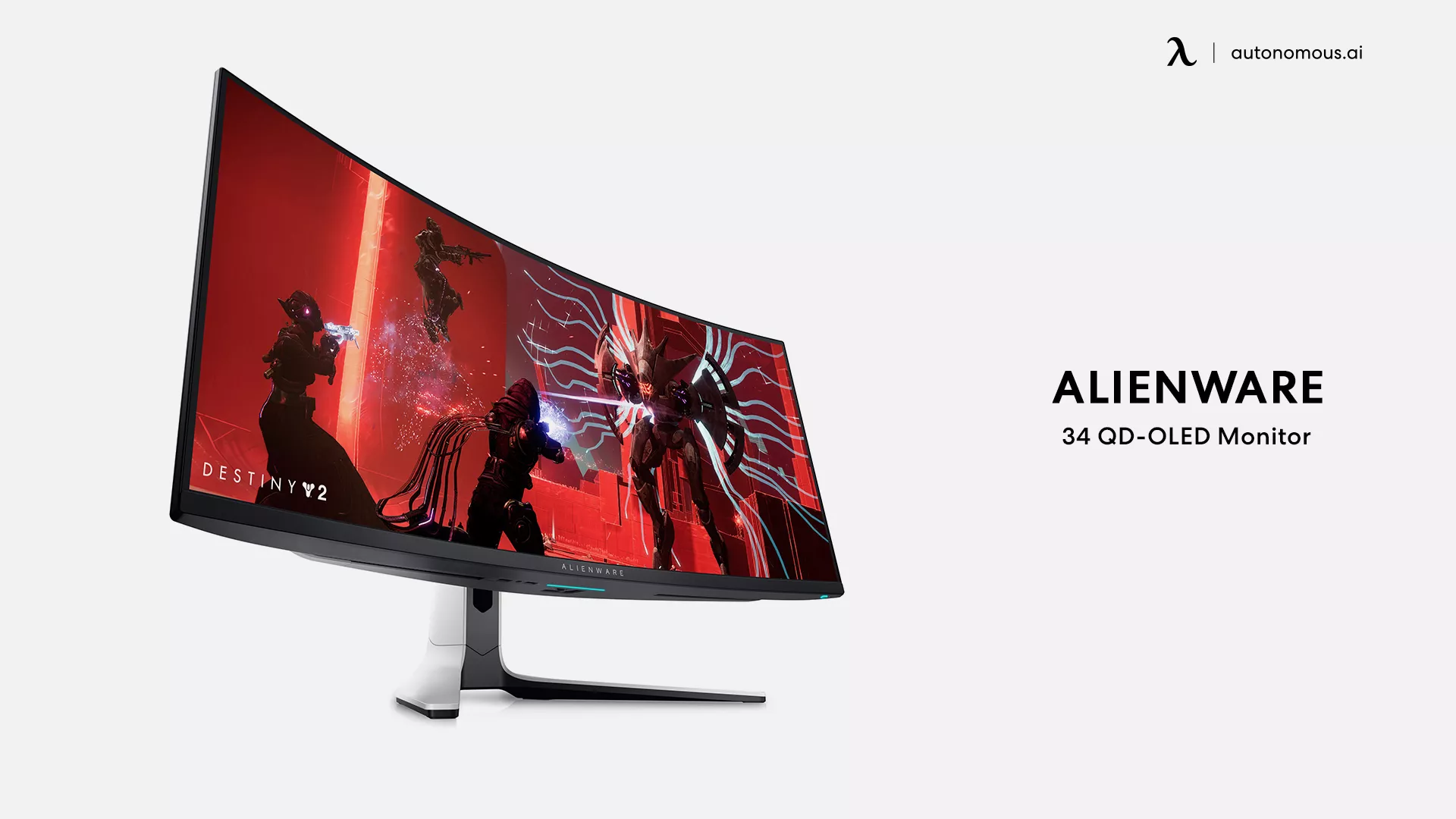
What Is An IPS Monitor?
An IPS (In-Plane Switching) monitor uses liquid crystals that rotate parallel to the panel surface, allowing light from the backlight to pass through with minimal color shift at wide angles. This horizontal alignment is what gives IPS its signature 178° viewing angle with less than 5% color deviation.
Unlike older TN (Twisted Nematic) panels that distort at angles, or VA panels that lose contrast off-center, IPS maintains color consistency whether you're viewing straight-on or from the side. This makes IPS especially popular for everyday productivity setups and work-from-home environments, particularly when selecting the best home monitors for home offices where multi-window workflows and off-axis viewing are common.
When comparing OLED monitors vs IPS, the key difference lies in how each technology manages color and contrast, with IPS focusing on wider angles and consistent color, while OLED excels in contrast due to its ability to turn off individual pixels.
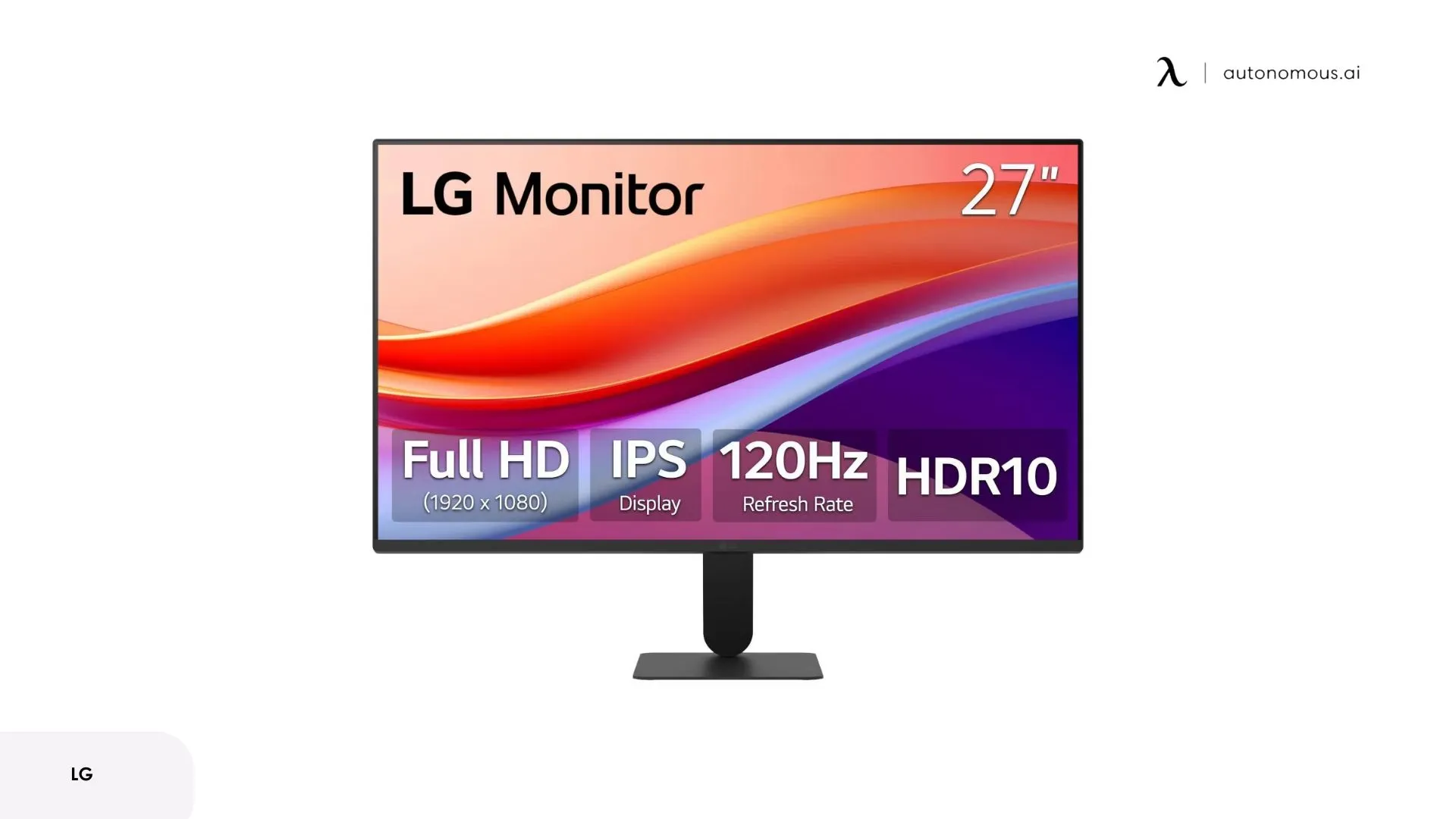
Key Features:
- Color Accuracy:
One of the standout features of IPS monitors is their color accuracy. Unlike traditional LED monitors, IPS technology ensures that colors are consistent and true to life, making it ideal for professional applications like photo and video editing.
- Refresh Rate Evolution:
Modern IPS panels now reach 240Hz-360Hz (Fast IPS variants), closing the gap with older TN panels while maintaining superior color reproduction
- Wide Viewing Angles:
IPS monitors maintain color integrity and clarity across a wide range of viewing angles. Whether you're standing or sitting, you’ll experience the same vivid image quality, unlike standard LCD monitors or LED monitors, where the picture can degrade at wider angles.
- Brightness:
IPS panels easily sustain 400-600 nits full-screen brightness with mini-LED variants reaching 1000-1400 nits for HDR1000/1400 certification. Compared to an OLED monitor vs IPS, IPS displays provide consistent lighting across the entire screen.
OLED vs IPS: Key Differences
Feature | OLED | IPS |
Contrast and Black Levels | Perfect blacks since pixels turn off completely, creating stunning depth in dark scenes | Blacks appear dark gray due to backlight, resulting in less dramatic contrast. |
Response Time | Near-instant (0.03ms) with zero motion blur in fast action | Fast enough for most users (1-5ms), slight blur in competitive gaming |
Color Performance | Vibrant, punchy colors with excellent HDR—great for movies and games. | Accurate, consistent colors ideal for professional design and photo editing. |
Brightness | Dims slightly in bright rooms (400 nits typical), but HDR highlights pop | Stays bright even in sunlight (500-600 nits), better for well-lit offices |
Viewing Angles | Great from most angles, slight color shift at extreme sides. | Excellent from all angles—perfect for group viewing or multi-monitor setups. |
Price | Premium pricing: $800-$1,500 for quality models | Budget-friendly: $250-$600 for great performance |
Lifespan and Burn-In | Risk of burn-in from static images; lasts 10-15 years with proper care | No burn-in risk; can last 20+ years without degradation |
Power Consumption | Uses less power in dark content, more in bright scenes—varies by what you display | Consistent power draw regardless of content |
Which Monitor Is Best For You?
Choosing between an OLED monitor vs IPS depends on what matters most to you — performance, precision, or longevity. Each display technology serves a distinct purpose, balancing visual fidelity, responsiveness, and durability in different ways, whether you're building a gaming setup or improving a productivity workstation with the right office accessories.
Understanding your preferred monitor size also plays a role, since OLED and IPS models are available across a range of dimensions, and screen size can influence viewing distance, clarity, and workspace layout.
1. For Gaming
When evaluating IPS vs OLED monitor for gaming, both offer excellent performance but excel in different areas. Gamers often pair their display choice with a tailored setup, and many enhance it with gaming desk accessories.
Choose OLED If:
- You play fast-paced shooters, racing games, or MOBAs where <1ms response time eliminates motion blur
- You value HDR immersion in single-player titles (Red Dead Redemption, Cyberpunk)
- You can afford $900-1,500 for a premium experience
- Your sessions vary (reduces burn-in risk from static HUDs)
Technical Edge: 240Hz OLED with 0.03ms response = 99.99% motion clarity in UFO tests.
Choose IPS If:
- You need 24/7 reliability without burn-in concerns
- You prioritize cost-effectiveness ($300-500 for 240Hz models)
- You play MMOs, strategy games, or MOBAs with persistent UI elements
- You want mini-LED local dimming for HDR without organic pixel wear
Technical Edge: Fast IPS at 360Hz with ELMB (backlight strobing) = sharp motion without OLED's premium.
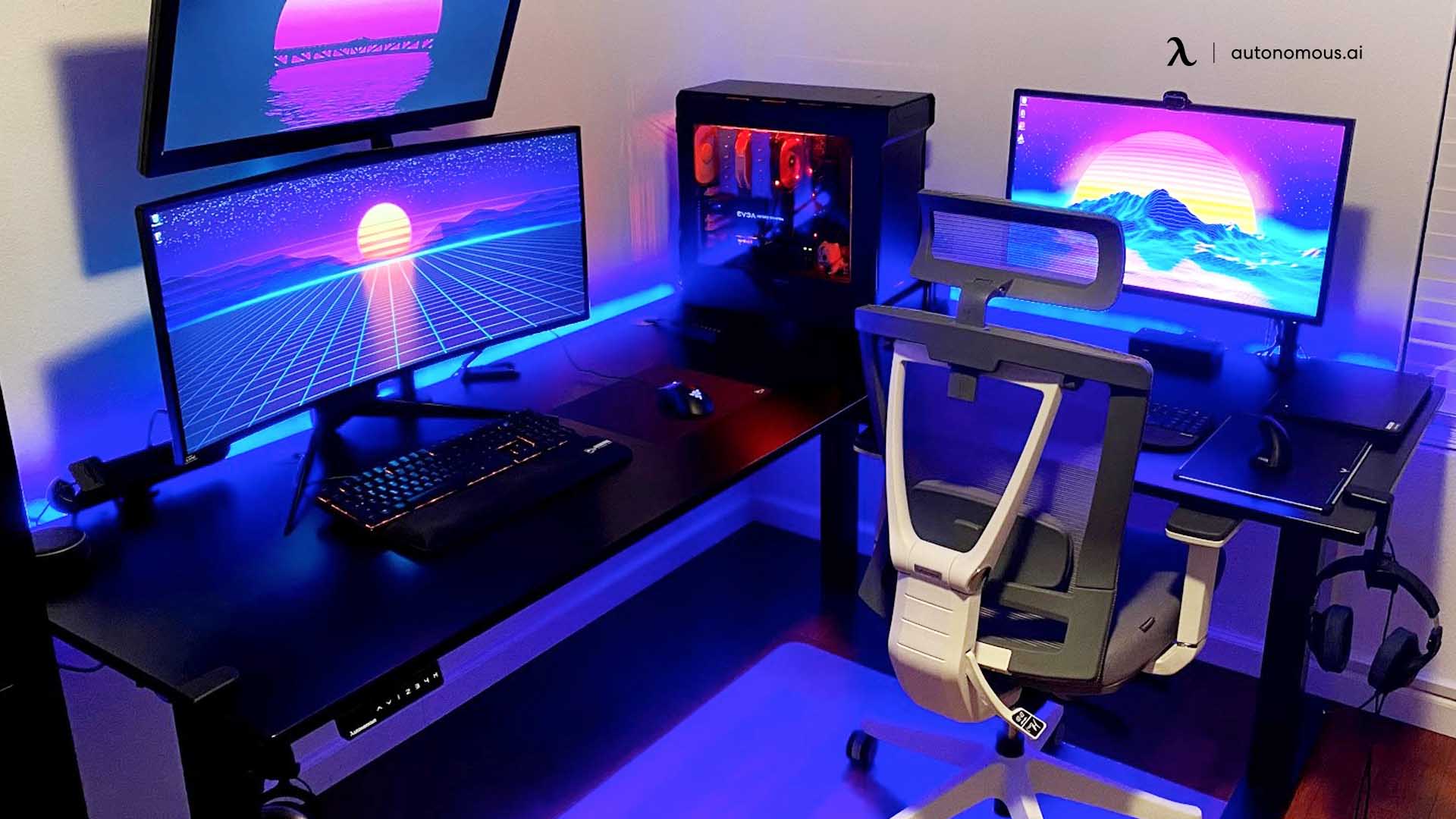
2. For Creative And Professional Work
Choose OLED If:
- You're a video editor or colorist working with HDR Dolby Vision content
- You render 3D scenes requiring accurate shadow detail inspection
- You work in controlled lighting (OLED's lower brightness is fine in dim rooms)
- Budget allows for a secondary monitor (to reduce burn-in from static timelines/toolbars)
Technical Application: Infinite contrast reveals 14+ stops of dynamic range in Log footage.
Choose IPS If:
- You're a graphic designer, photographer, or illustrator needing ΔE <2 color accuracy
- You work in bright offices requiring 500+ nits sustained brightness
- You use static software interfaces 8+ hours daily (Photoshop, InDesign, AutoCAD)
- You need color consistency across dual or triple monitor setups
Technical Application: Hardware calibration support maintains color accuracy drift <ΔE 0.5 over years.
In short, the OLED monitor vs IPS decision comes down to your priorities. OLED dominates in speed and contrast, while IPS wins in durability, affordability, and color stability — both excellent, but for very different reasons.
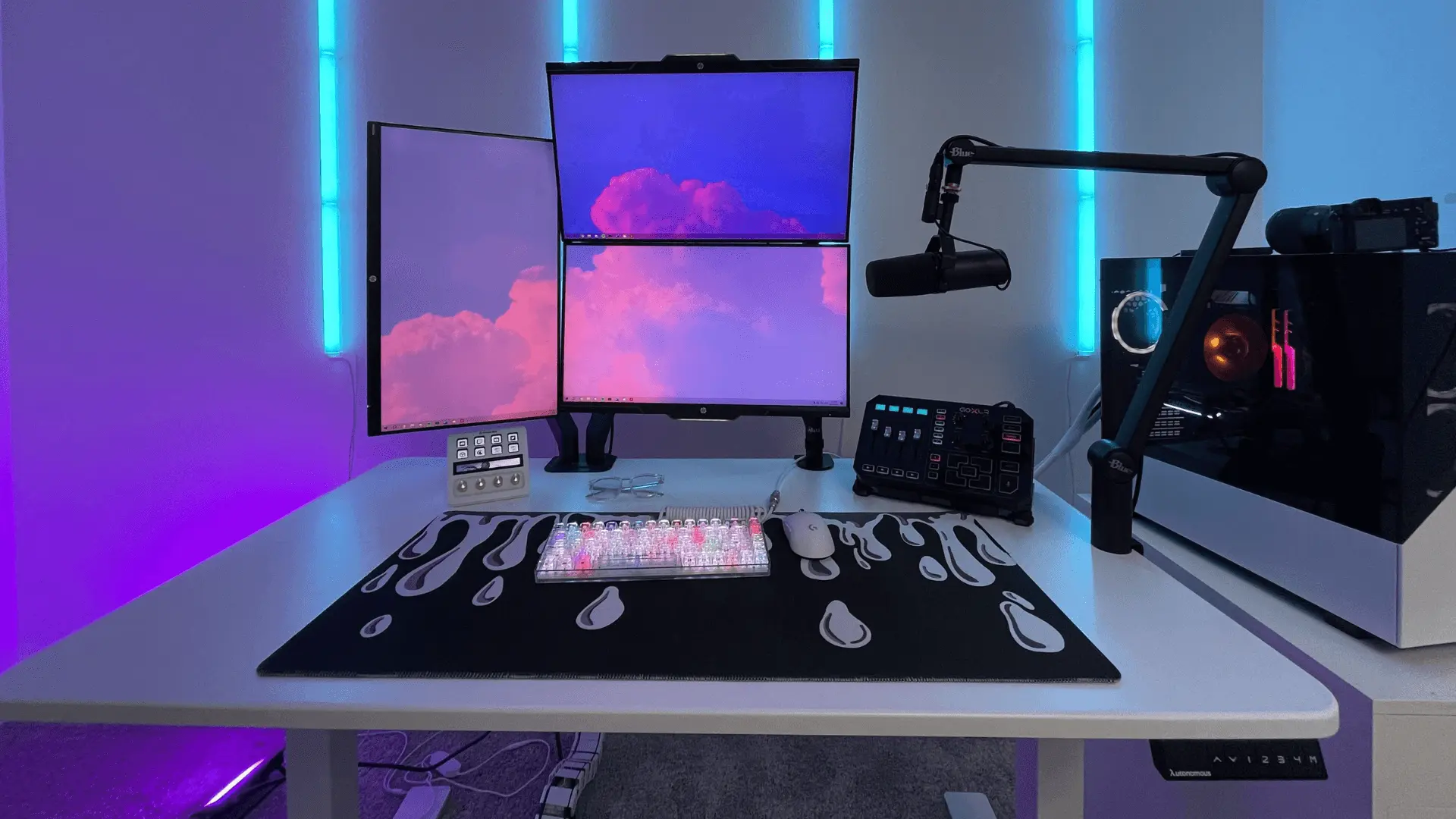
FAQs
1. Does OLED feel smoother than IPS?
Yes. OLED monitors have near-instant response times, often under 0.03ms, compared to 1–4ms on IPS displays. This results in smoother motion, clearer transitions, and less motion blur during fast-paced visuals.
2. Do pros use IPS or OLED?
It depends on the field. Professional gamers and video editors often prefer OLED for faster response and contrast, while photographers and graphic designers stick with IPS for consistent color accuracy and reliability.
3. What are the disadvantages of OLED monitors?
OLED monitors can suffer from burn-in, where static images leave permanent marks. They’re also more expensive and may lose brightness over time compared to IPS or LED displays.
4. Is ISP better than OLED?
Neither is universally better. IPS offers better color accuracy, longer lifespan, and lower cost, while OLED delivers deeper blacks, faster response times, and superior contrast. Your choice depends on whether you prioritize performance or durability.
5. What lasts longer, IPS or OLED?
IPS monitors typically last longer because they don’t experience burn-in and maintain brightness consistency for years. OLED monitors have a shorter lifespan due to gradual pixel wear, especially with prolonged static content.
6. Does OLED have less input lag?
Yes. OLED panels feature lower input lag thanks to their direct pixel control and faster response time, offering more immediate feedback compared to most IPS monitors.
7. Is OLED more power hungry than IPS?
It depends on brightness and content. OLED monitors use less power in dark scenes since black pixels turn off completely but may consume more power in bright or full-white screens than IPS.
8. Which is better for your eyes, OLED or LCD?
OLED is generally easier on the eyes because it emits less blue light and offers better contrast in dark environments. However, IPS/LCD monitors with anti-flicker and eye-care modes are also safe for extended use.
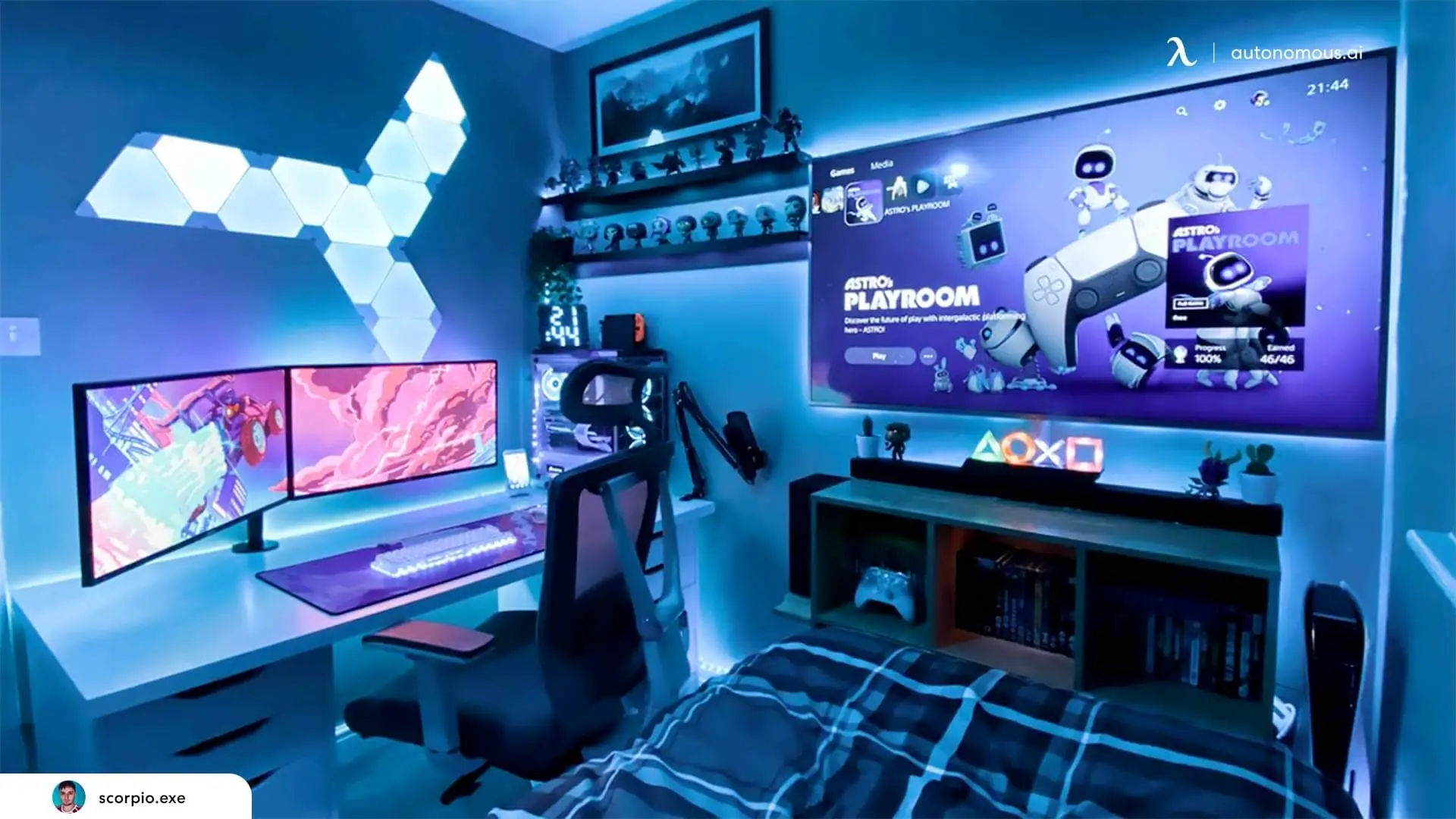
9. Is an OLED monitor worth it?
Yes, if you value visual quality and responsiveness. OLED monitors offer unmatched contrast, color depth, and smoothness, making them ideal for gaming and creative work, though they come at a premium price.
10. Are OLED monitors good for gaming?
Absolutely. OLED monitors excel in gaming thanks to their ultra-fast response time, deep blacks, and superior HDR performance. They provide a highly immersive experience, especially for cinematic or fast-action games.
11. How long do OLED monitors last?
Modern OLED monitors typically last between 30,000–50,000 hours of use, depending on brightness settings and care. Using screensavers, varied content, and auto-dimming features helps extend lifespan.
12. How to clean a QD OLED monitor?
Clean a QD-OLED monitor the same way as a standard OLED — with a dry or slightly damp microfiber cloth. Avoid strong solvents or pressure on the screen surface to prevent damage to the quantum-dot layer.
13. How to know if your monitor is OLED?
Check your monitor’s specifications or model name on the manufacturer’s site. You can also tell by turning off the display — OLED screens appear completely black, while LED or LCD panels show a faint glow from the backlight.
14. OLED vs QLED gaming monitor, which is better for gamers?
QLED is just a quantum-dot enhanced LCD with a backlight—it can't achieve per-pixel control. OLED has faster response times and perfect blacks, but QLED offers higher sustained brightness (600+ nits) and no burn-in risk. Choose OLED for motion clarity, QLED for bright-room HDR.
15. Mini LED vs OLED gaming monitor, what’s the key difference?
With mini LED vs OLED gaming monitors, the major difference lies in how backlighting works. Mini LEDs use many small LEDs behind an LCD panel to boost brightness and HDR performance, but it still can’t achieve the per-pixel dimming of OLED’s self-emissive technology.
16. OLED vs LCD gaming monitor, is the upgrade worth it?
Considering an OLED vs LCD gaming monitor, the fundamental upgrade is from backlit LCD to self-emissive OLED. OLED monitors turn off individual pixels for true blacks and have faster response, whereas LCDs (even those with IPS or VA panels) use a backlight and can’t match that level of contrast or speed.
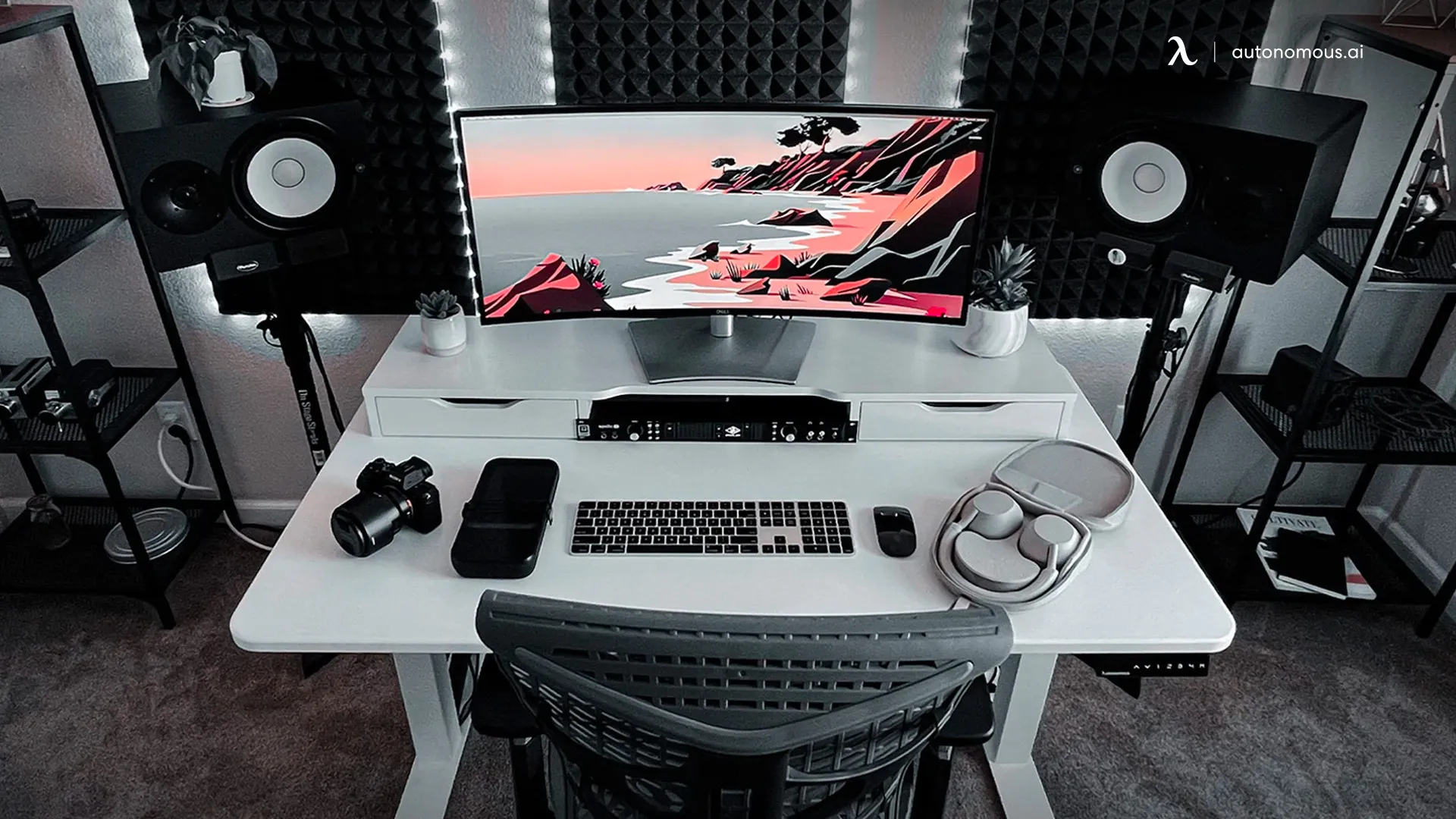
Conclusion
The OLED monitor vs IPS decision ultimately comes down to your priorities and use case. OLED monitors deliver unmatched visual performance with infinite contrast, instantaneous response times, and cinematic depth—ideal for gamers and video professionals who demand cutting-edge image quality and can manage static content carefully.
IPS monitors remain the practical choice for color-critical work, all-day productivity, and budget-conscious setups. With zero risk of image retention, superior text clarity, and consistent performance over years of use, they continue to be the dependable workhorse for modern workspaces — especially in flexible layouts like a dual monitor setup where color stability and long-term reliability matter.
Spread the word
.svg)





